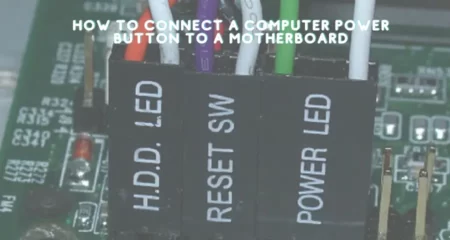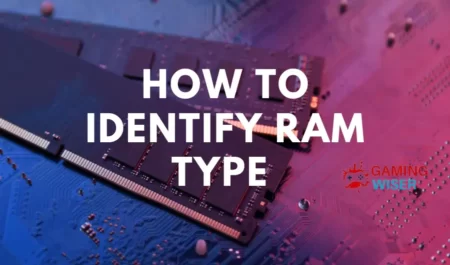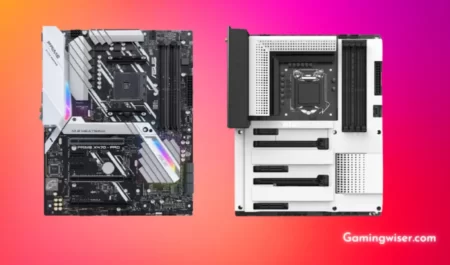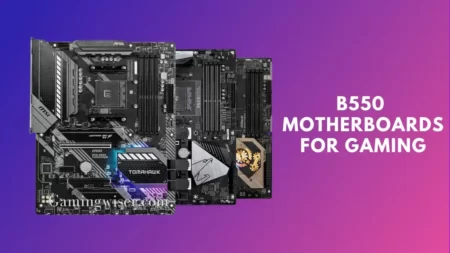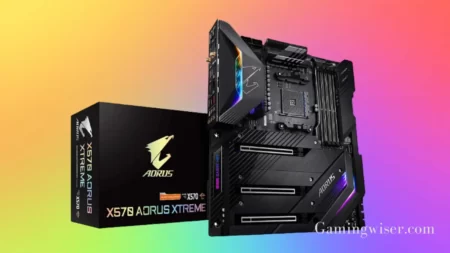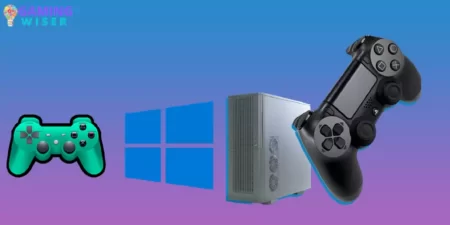You may think that cleaning your motherboard with thinner is bad, but trust me, it’s not! It’s the best way to get rid of all that dust and grime that’s been building up. You can use the same method for removing all sorts of dirt, not just dust.
Why you should clean your motherboard and how doing so can improve its performance:
A motherboard is the main circuit board in a computer. It is where all the components of the computer connect. The motherboard contains the CPU, RAM, and all the other components that make up a computer.
Over time, the motherboard can become covered in dust and dirt. This can cause the performance of the computer to suffer. Cleaning your motherboard regularly can help to keep it running at its best.
This article will show you how to clean your motherboard with thinner. We will also give you some tips on how to prevent your motherboard from getting dirty in the first place.
How to Clean Your Motherboard with Thinner
Thinner is a liquid that is used to dissolve adhesives and other materials. You can use it to clean motherboards to remove any dirt or debris clogging up the connectors or slots.
To clean your motherboard with thinner, you will need:
- Thinner
- Q-tips
- Isopropyl alcohol
- Cotton balls
- dry cloth
- A soft brush (optional)
To Clean Your Motherboard with Thinner: If you have a liquid thinner on hand, then you can use that. However, if your motherboard has no thinner, you will need to make some.
Step 1: Use Isopropyl alcohol on a cotton ball to clean your motherboard.
Step 2: With the dry cloth, wipe off any dirt or debris on the board.
Step 3: If you have thinner, pour it onto the cotton ball. If you don t have thinner, use a Q-tip to wipe off the motherboard.
Step 4: Finally, pour some thinner onto the cotton ball if necessary.
Step 5: After you clean your motherboard with thinner, let it dry for at least an hour.
Methods to Clean Motherboard with Thinner
Before you begin cleaning your motherboard, it is important to remove all components from the board. This includes the CPU, RAM, GPU, and other expansion cards.
Once all the components have been removed, you will need to use a screwdriver to remove any remaining screws from the board.
Preparing to clean:
After all the screws are removed, you will need to detach the motherboard from the case carefully. Be careful not to damage any of the delicate connectors on the back of the board. Once the motherboard is free from the case, you can begin cleaning it with a can of compressed air.
Start by spraying the dust and debris around the CPU socket. Be sure to use short bursts of air, so you don’t overheat the CPU. Next, move on to cleaning around all of the RAM slots. Again, be careful not to overheat any of the RAM modules.
Once all the dust has been removed from around these sensitive areas, you can move on to cleaning up the rest of the motherboard. Use even strokes with your can of compressed air to remove any remaining dust and debris. If there are particularly dirty areas, you can use a cotton swab dipped in rubbing alcohol to clean them.
Once all the dirt and grime have been removed from your motherboard, you can reassemble your computer and enjoy the improved performance!
Cleaning the motherboard:
Thinner is a great solvent for cleaning off the old thermal paste and other gunk that can accumulate on your motherboard over time.
Use a small, clean paintbrush and apply some thinner to the top of your motherboard.
You can use a toothpick for a more precise application. Over time, this gunk can build up and cause performance issues; cleaning it off will give your computer a fresh start!
A step-by-step guide to cleaning your motherboard using thinner.
First, make sure you have all the necessary tools and materials. You will need:
- A can of compressed air
- thinner
- A bottle of isopropyl alcohol
- A lint-free cloth
- microfiber cloth
- toothbrush (optional)
Next, power down your computer and unplug all the cables. Then, remove the computer case so you can access the motherboard.
Use the compressed air to blow any dust out of the crevices and off the motherboard’s surface. Be sure to hold the can upright so no liquid from the can will get onto your motherboard.
Once the dust is removed, use the lint-free cloth to apply isopropyl alcohol to any areas of the motherboard that are still dirty. Be sure to avoid getting any alcohol on connectors or other sensitive parts of the motherboard.
If stubborn stains or bits of dirt won’t come off with the alcohol, you can try using thinner. Apply thinner to a microfiber cloth and gently rub at the stained area until it comes clean.
Once you’re finished cleaning, use another lint-free cloth to remove any residual alcohol or thinner from the surface of the motherboard.
Finally, reassemble your computer and enjoy its freshly cleaned internals!
Apply new thermal paste to your CPU and GPU:
Applying the new thermal paste to your CPU and GPU is easy after cleaning the motherboard. Just follow these simple steps:
- Clean the CPU and GPU area with a cloth or paper towel.
- Apply a small amount of thermal paste to the top of the CPU and GPU.
- Spread the thermal paste evenly with a credit card or other flat object.
- Replace the heat sink and fan assembly on the CPU and GPU.
- Connect the power supply and boot up your computer.
- Reassembling your PC: how to put your PC back together after cleaning the motherboard.
After you have cleaned the motherboard, it is time to reassemble your PC. Follow these steps to put your PC back together:
- Replace the CPU heatsink and fan assembly, ensuring the fan is plugged into the motherboard.
- Insert the RAM modules into their slots.
- Secure the graphics card in its slot.
- Connect all the cables you disconnected earlier, including power, data, audio, and video cables.
- Replace the side panel on the computer case, and screw it in place.
- Plug in the power cord and turn on your computer.
Testing your PC
Test your PC to ensure everything is working properly after cleaning the motherboard.
If you have recently cleaned your PC’s motherboard with thinner, it is important to test all of your computer’s parts to ensure that they are still working properly. You can run a series of tests on your CPU, GPU, and other components.
To test your CPU, you can use a program like Prime95 or IntelBurnTest. These programs will stress-test your CPU and help you identify any stability issues.
You can run a benchmarking program like 3DMark or Unigine Heaven to test your GPU. These programs will push your GPU to its limits and help you identify any issues.
Testing your computer’s memory (RAM) and storage (HDD/SSD) is also important. You can run a memory testing program like Memtest86 or Memtest64. For storage testing, you can use a program like CrystalDiskMark or HDTune.
Once you have run all these tests and everything appears to be working properly, you can be confident that your PC is clean and ready for continued use.
Conclusion
Cleaning your motherboard regularly can help to ensure that it lasts longer and performs more efficiently. In addition, it can help improve your system’s stability and prevent crashes.
Thinner is an effective solvent for removing grease and dust from your motherboard, and it is also safe to use on most electronic components. When cleaning your motherboard, be sure to unplug the power cord and remove any other cables that are attached to it.
You should also avoid using any cleaner that contains alcohol or other harsh chemicals, as these can damage the sensitive components on your motherboard. Finally, be sure to take care not to drop or damage any components while cleaning the motherboard.
Frequently Asked Questions
Can thinner be used to clean motherboard?
You can use thinner to clean the motherboard if it is designed for electronic equipment. However, it is important to take caution when using any cleaner on a motherboard, as it can damage many sensitive and delicate components.
In addition, thinner can be flammable, so it is important to use caution and follow the manufacturer’s instructions when using this or any other type of cleaner.
Can I use thinner to clean the CPU?
Yes, you can use thinner to clean the CPU. However, you should avoid using too much thinner, as it can damage the CPU.
Can we use thinner to clean PCB board?
Yes, you can use thinner to clean PCB boards. However, it would be best if you were careful not to get thinner on any electronic components or PCB traces. Thinner can damage these components and traces.
What can I use to clean the motherboard?
There are a few different things that you can use to clean a motherboard. Some people recommend using isopropyl alcohol, while others suggest using a vinegar and water mixture.
You can also use a cleaning spray specifically designed for electronics. Be sure to avoid getting any cleaning solutions into the motherboard’s ports or slots.
How to clean liquid damage motherboard?
If your motherboard has been damaged by liquid, you first must remove the power supply and all other cables. If the motherboard is still in the computer, unplug it and remove it.
Once the motherboard is out of the computer, you can begin cleaning it. Use a dry cloth to wipe off any liquid residue. If there is corrosion on the motherboard, use a toothbrush to scrub it off.
Can I use spirit to clean motherboard?
Yes, you can use spirit to clean the motherboard. However, it would be best if you were careful not to get any of the liquid inside any of the electronic components on the motherboard. If you do, it could cause damage and may require a professional to repair.


![Why Motherboard Is Important? [Complete Details]](https://gamingwiser.com/wp-content/uploads/2021/11/Why-Motherboard-Is-Important-450x235.webp)

